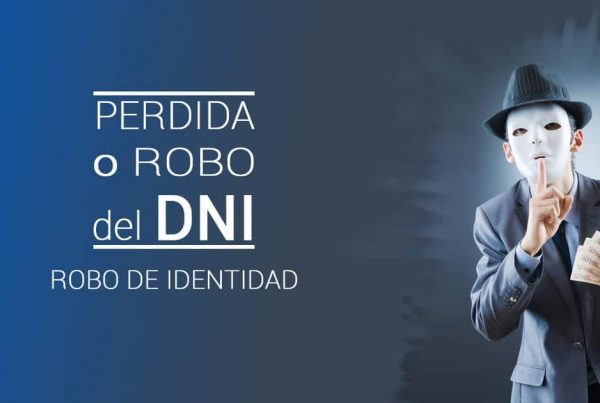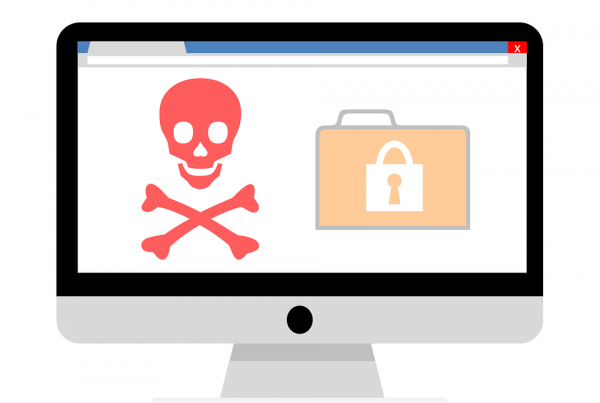Copyleft concept
What is Copyleft?
The Copyleft is a system that allows the free distribution of a work, computer program, text or any type of creative work. Copyleft uses Copyright law to guarantee the freedom to copy, distribute, modify and give back a product without restrictions. Its symbol is an inverted C, which works as a counterpart to the C of Copyright.
Copyleft was born in the field of computing, as a strategy designed by the free software movement to promote the use of "free" code. That is to say, allows a computer program to be used, modified and improved by anyone. A) Yes, It also admits the opportunity to distribute the original versions for profit or not for profit., without requesting any permission as long as the same Copyleft license is applied for the modified version.
Its conditions include the use of a program without limitations, freedom of investigation, the unlimited redistribution of copies, the availability of works for modifications, the documentation of a work and its modifications through user manuals or descriptions and the impediment to revoke the conditions of the Copyleft license.
At this time, its use also extends to the field of art, design, literature and music. The creators allow the distribution of their content, the permission to generate derivative works and the freedom of distribution for profit or not. In spite of everything, there are certain risks that the derivative work reflects certain ideas that the original author does not share, or that he is not absolutely rewarded for it.
What is Copyleft for
It serves, in the field of computing, so that programmers can improve certain codes of a software or free computer program. In the field of research, it serves to better disseminate knowledge and make it suitable for everyone, without suffering the restrictions that Copyright has in terms of research posts, manuals or even textbooks.
Copyleft examples
Examples of Copyleft include licensing from GNU, which was the pioneer of free software and free distribution. It was created in 1983 by Richard Stallman, with the aim of guaranteeing the free distribution of computer programs. Among the licenses, the general public, the reduced general public and many others whose descriptions are on its web portal are distinguished.
There is also Creative Commons, which follows the same ideals of Copyleft but establishing that the work maintains "some rights reserved." Creative Commons licenses are widely used in ebooks, webcomics, graphic novels, multimedia files, and other works of a creative and educational nature.
More information about Copyleft
If you are interested in using Copyleft to register your works and allow their free distribution, as well as the use of royalty-free images for your works, we suggest you read the following post:
Banks to download free vectors





